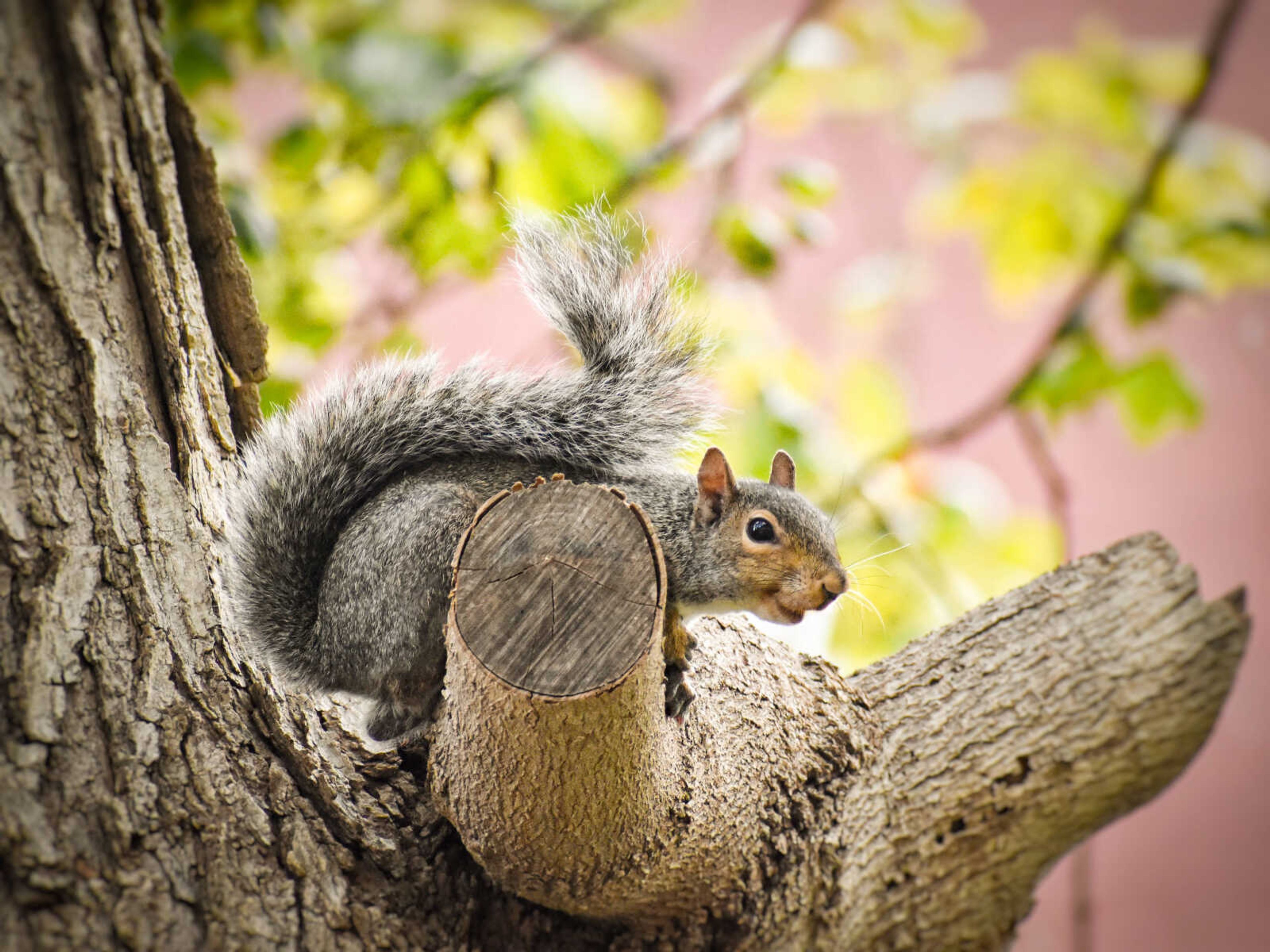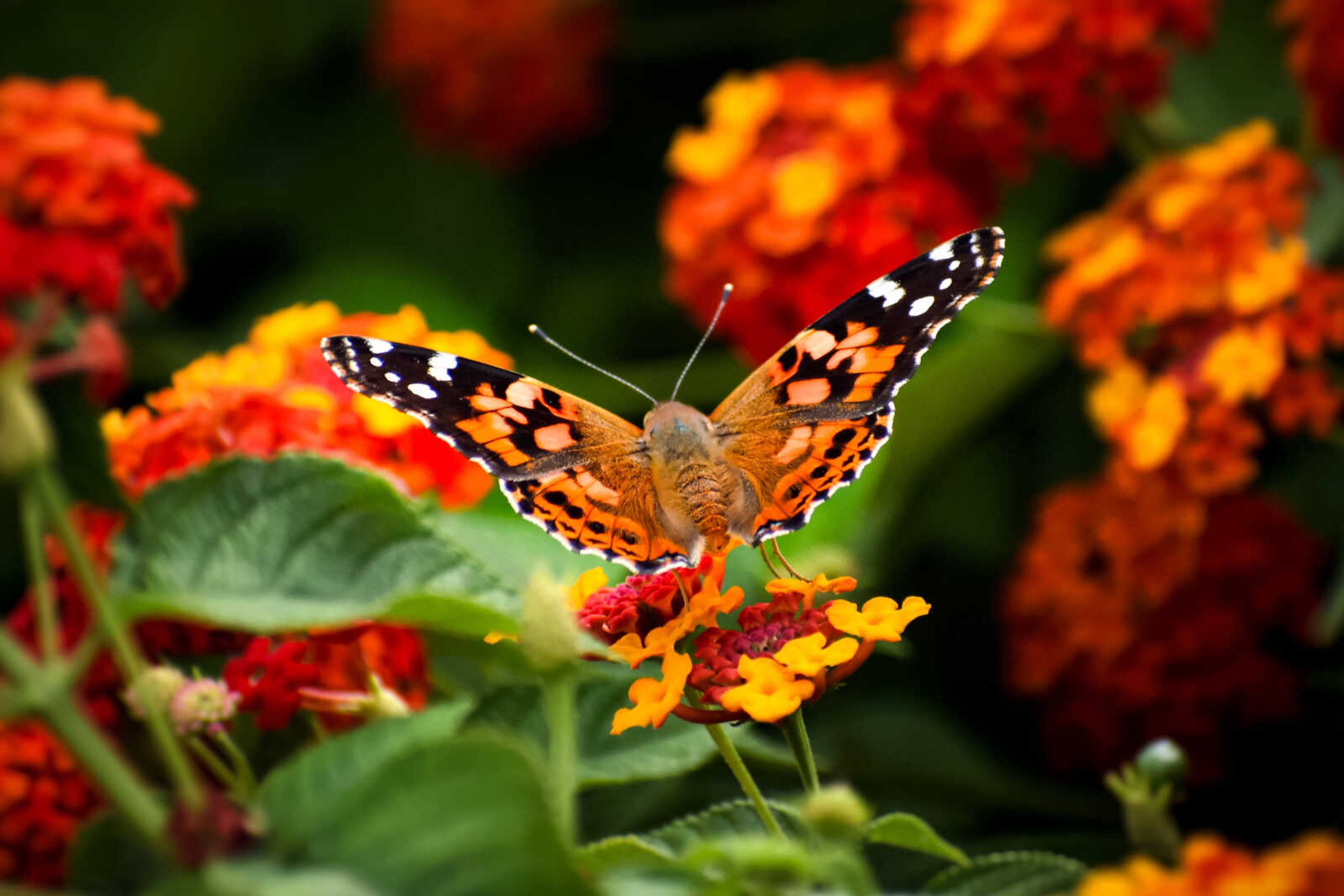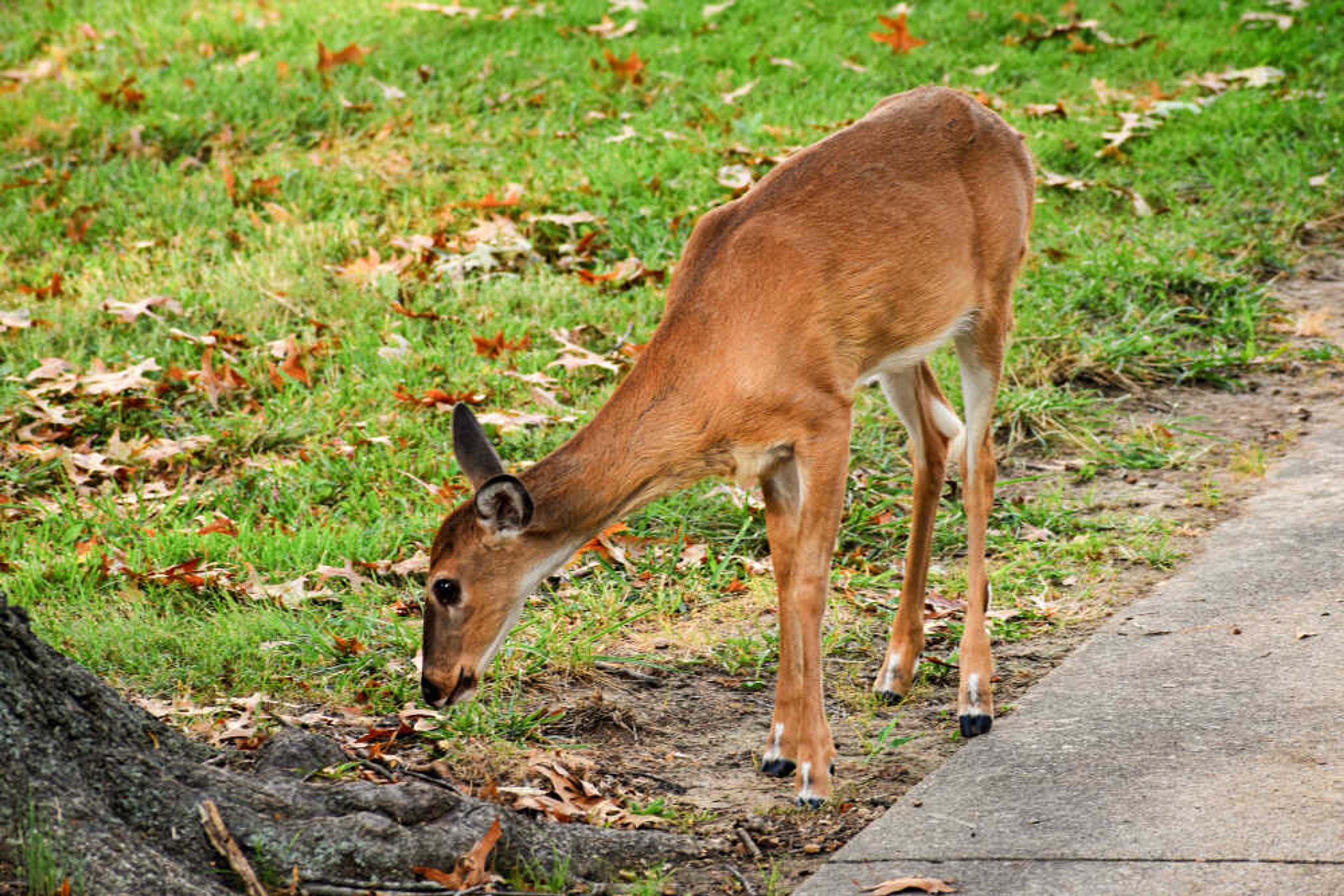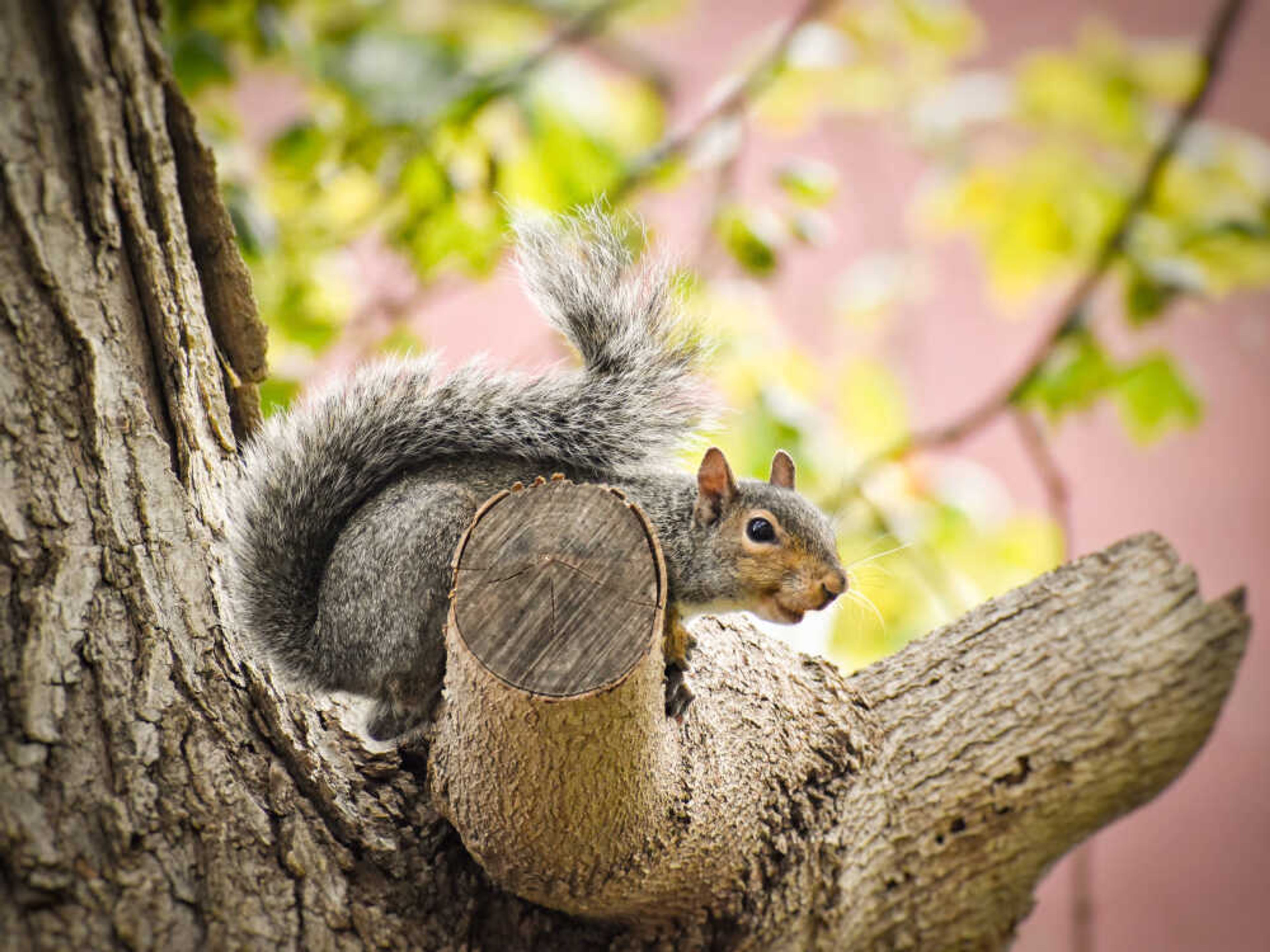Wildlife on SEMO’s Campus
Deer, Squirrels, Skunks, and Stray cats oh my! SEMO’s campus has been a hot spot this semester for urban wildlife. This semester SEMO students have been seeing more wildlife on campus. Students have seen deer, skunks, squirrels, groundhogs, gophers and cats...
Deer, Squirrels, Skunks, and Stray cats oh my! SEMO’s campus has been a hot spot this semester for urban wildlife. This semester SEMO students have been seeing more wildlife on campus. Students have seen deer, skunks, squirrels, groundhogs, gophers and cats.
Usually, these animals are spotted near the wooded areas on campus but they’ve also been spotted near the sidewalks and grass areas in between Scully, Dempster, Cheney and Towers.
The animals don’t seem to be spooked by students and staff walking around campus. Many students have reported being within a few feet of these animals, especially deer.
“Deer have probably been what I’ve seen the most,” Junior Advertising major Gabriella Marsh said. “I’m probably seeing them so much just because we have a lot of nature area on campus, we have lots of trees and plants to begin with so I think they just decided to coexist with us.”
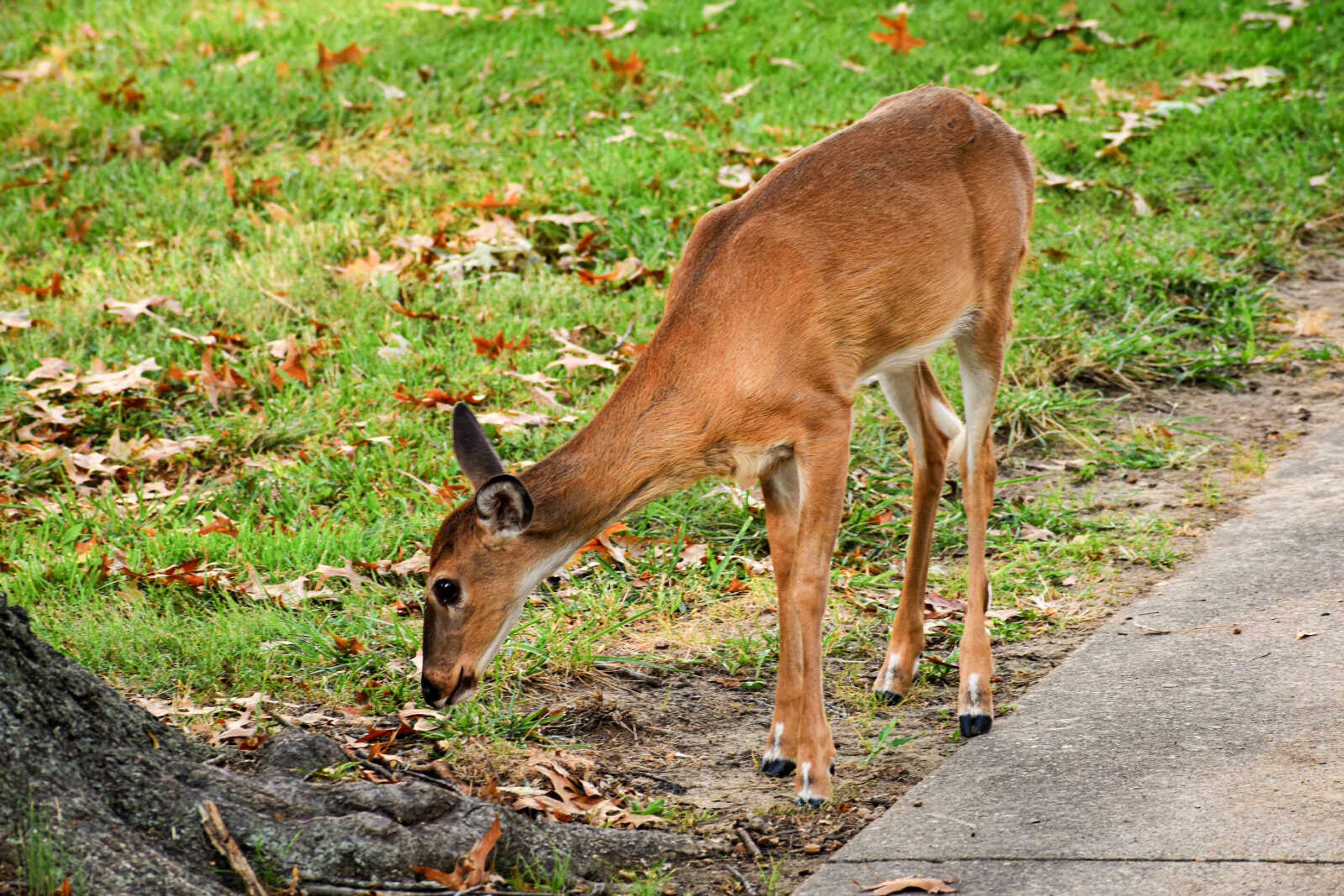
Marsh's experiences are consistent with many students who have observed a greater presence of wildlife on SEMO's campus.
Senior Business Administration major Ashton Lane has seen a lot of animals on her way to and from class this semester.
Lane believes that the construction and additions to apartment complexes in Cape Girardeau used to be a wooded area. Once they started building the complexes, the animals no longer had a habitat so they migrated to campus.
“There’s lots of grassy areas on campus, I think they’re just trying to take advantage of that,” Lane said.
Many students are curious about why there’s so much wildlife living on campus this year.
According to Regional Resource Management Supervisor at the Cape Girardeau Conservation Center Kevin Brunke, there may be a perceived increase due to their habitats disappearing.
“You may see more deer because there’s less places for them to hide because their habitats have been turned into houses or soccer fields or whatever is being built,” Brunke said. “Same thing with squirrels if there are just a few trees you’re gonna be able to see that versus if they just emerged out of the woods.”
There will only be an increase in wildlife to a point where a habitat can support it.
“Either there will be too many deer and they will die of natural causes or the City of Cape will implement urban deer hunts to manage the population in a more humane way than starving to death,” Brunke said
According to the City of Cape Girardeau’s website, the urban deer hunt is scheduled for Oct. 21-Dec. 22.
